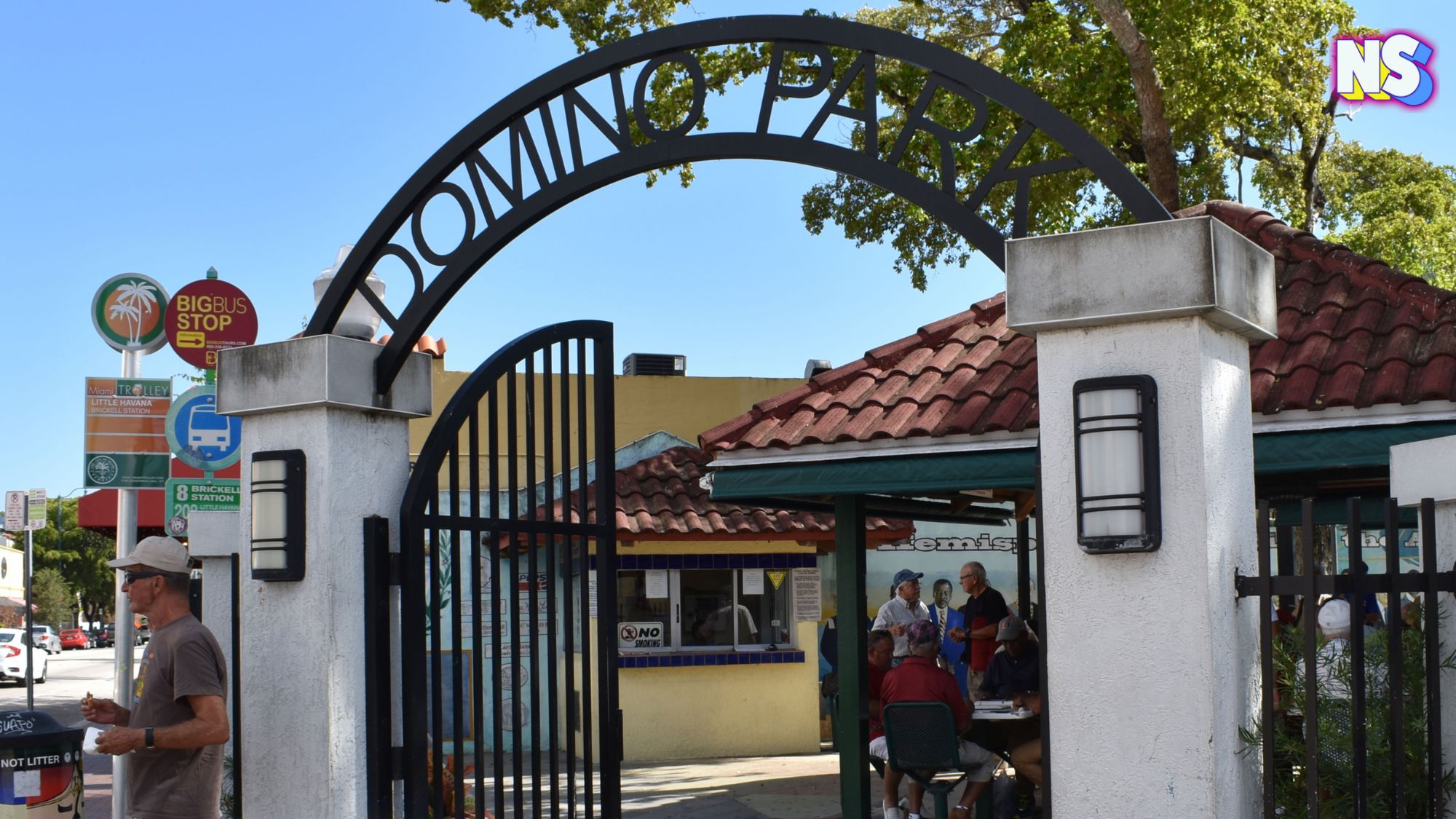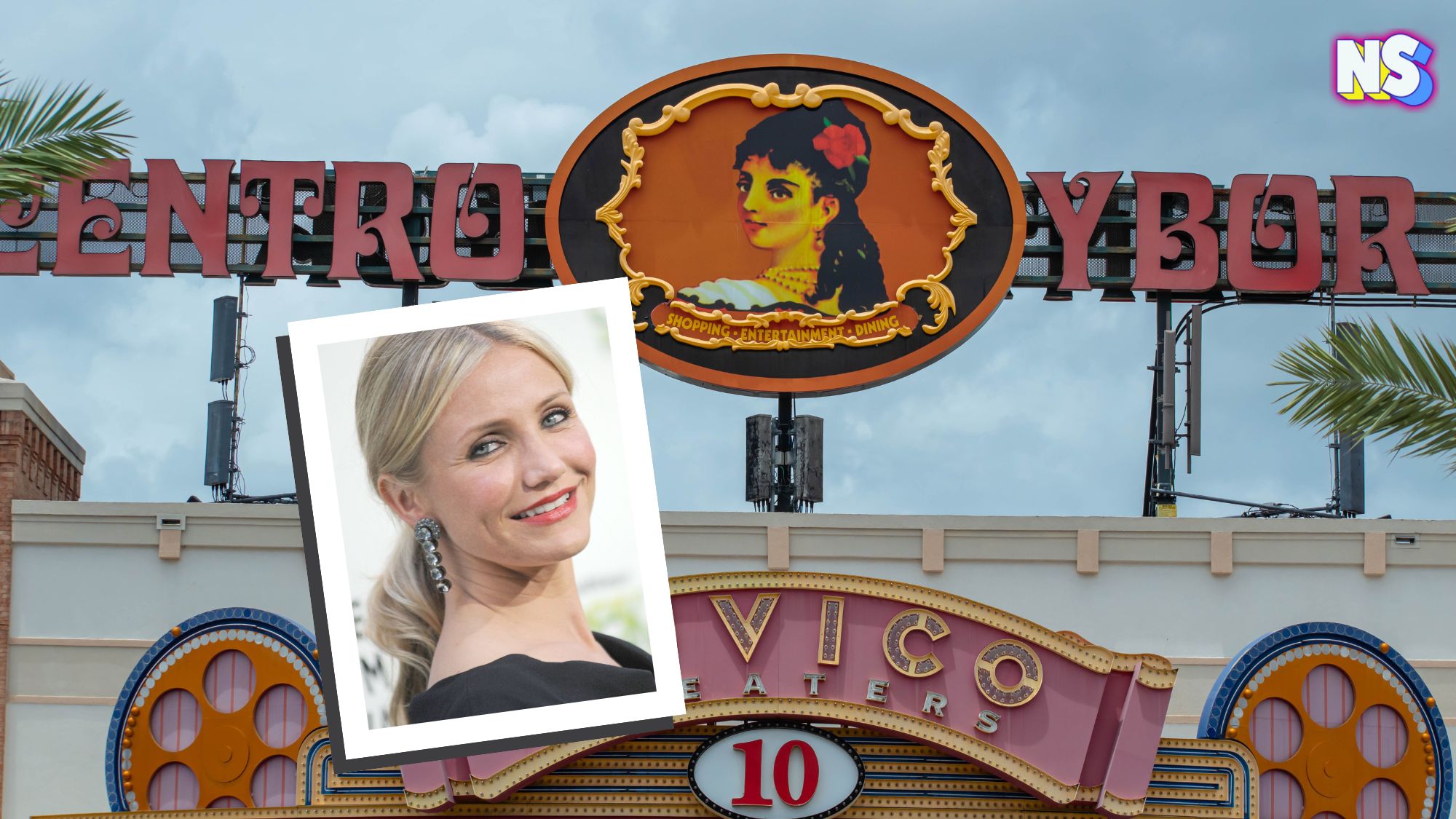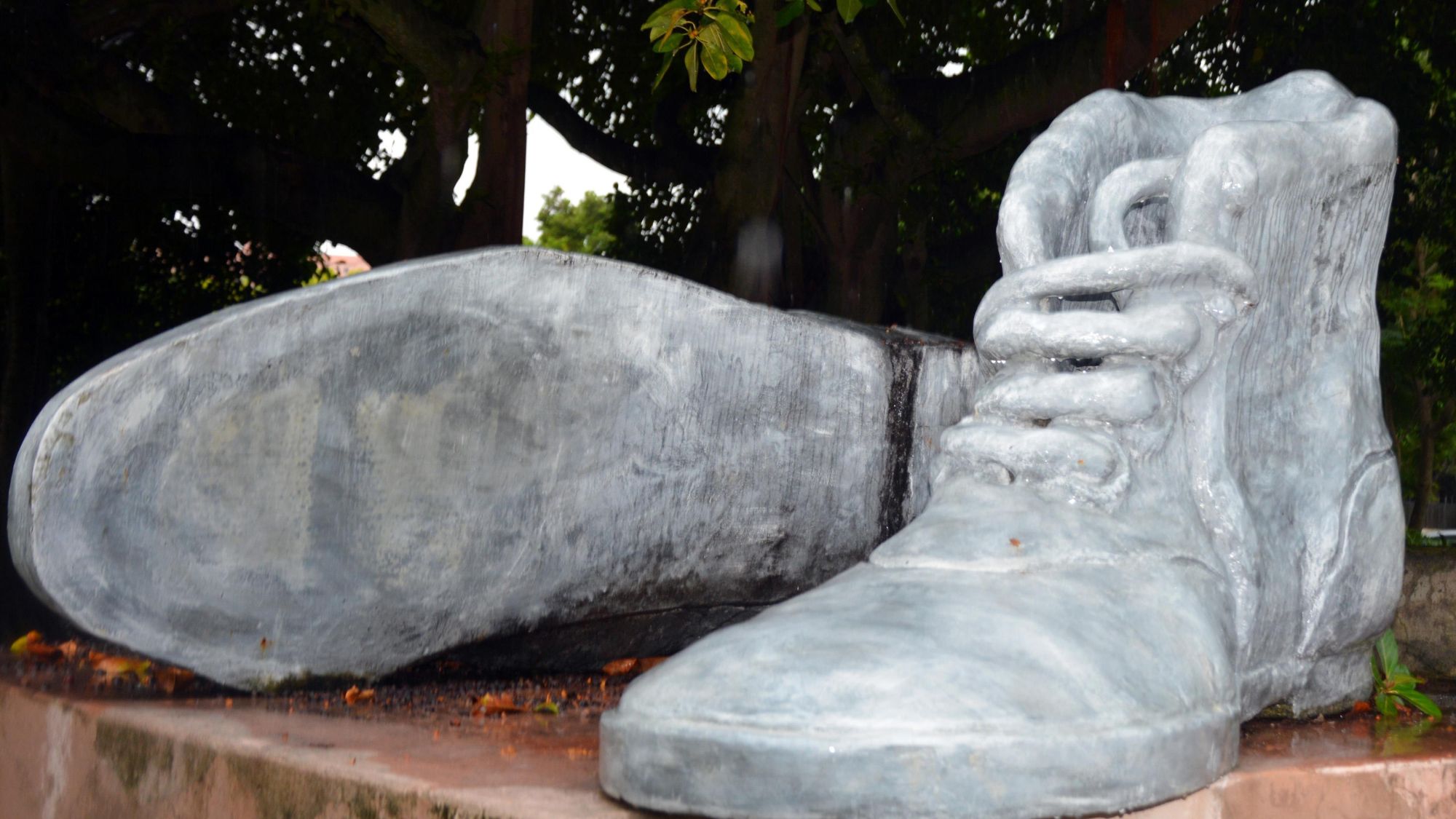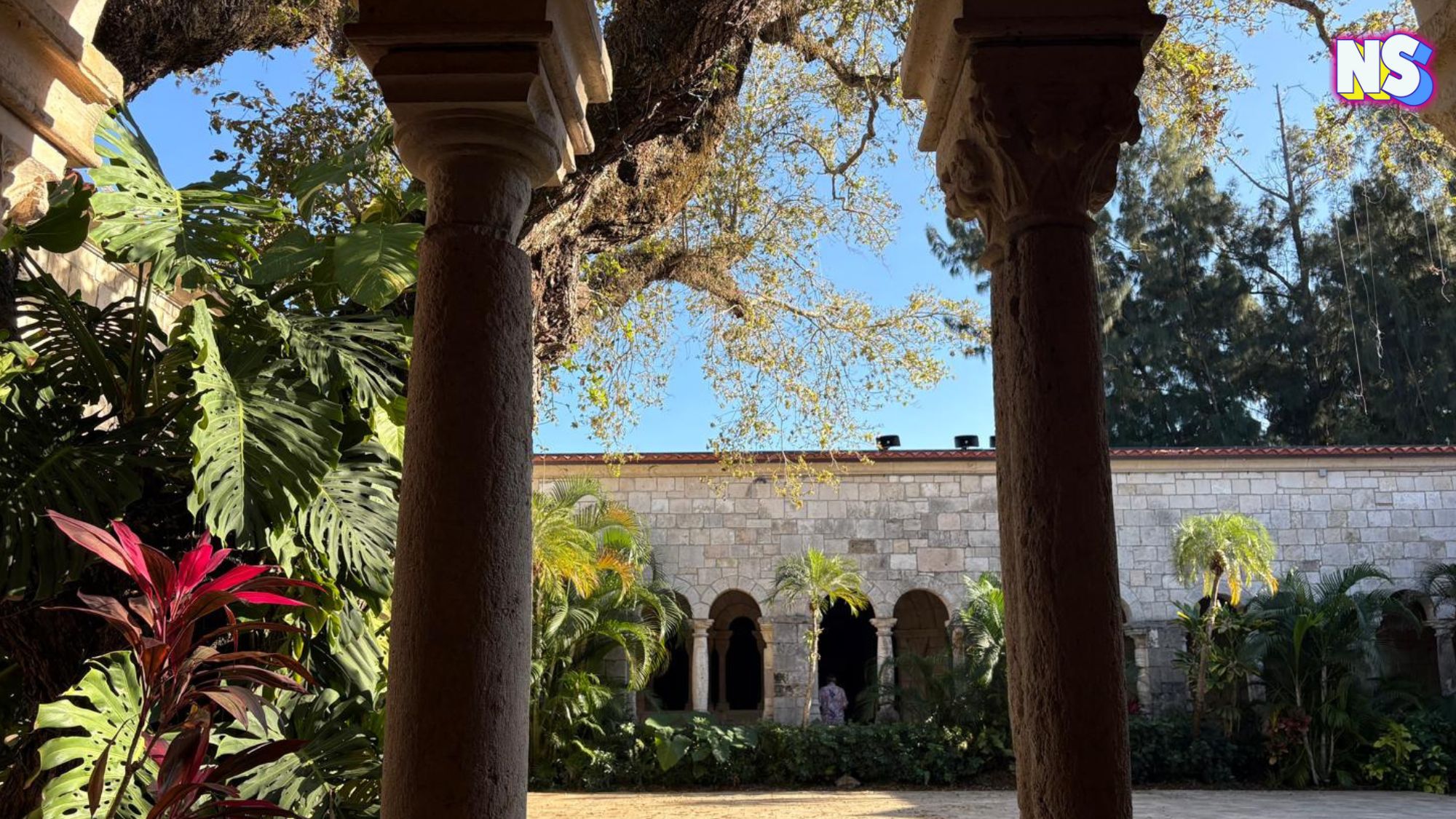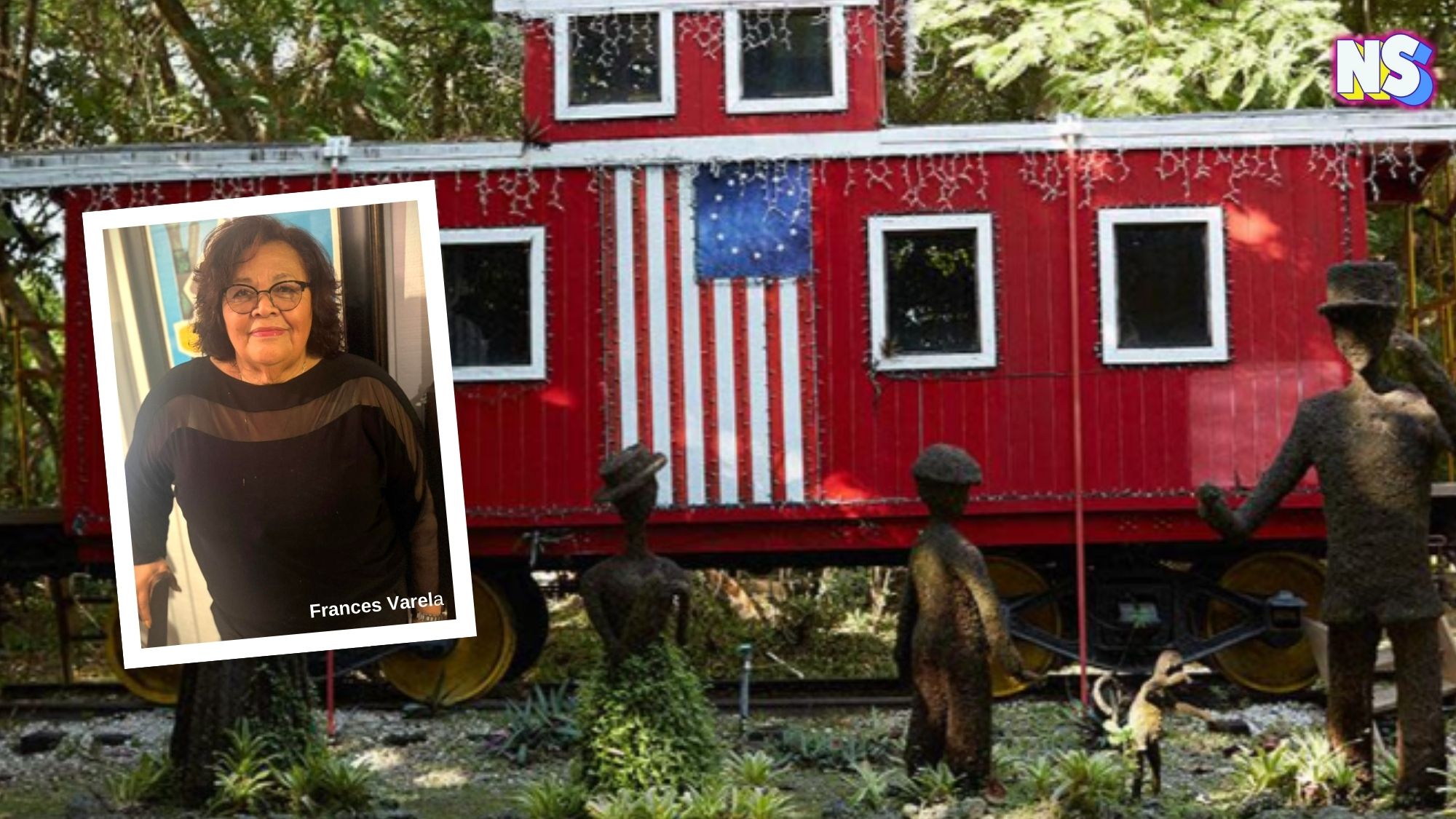On the corner of two busy streets in Miami’s neighborhood of Little Havana, you’ll find a different kind of neighborhood park. Forget the swingset or monkey bars. Here dominoes is the name of the game, and children are not to play. What kind of community park is this, you ask? It’s historic Domino Park, also known as Maximo Gomez Park. And it’s at the epicenter of the Little Havana community. The travel site Lonely Planet has gone so far as to call it the neighborhood’s “most evocative reminder of Cuba …” Tourists, and locals, agree.
“ … Máximo Gómez is where the sound of … trash-talking over games of dominoes is harmonized with the crack of dominoes, the scent of wafting cigars and the sound of salsa spilling into the street,” Lonely Planet writes.
Its popularity over the decades proves one thing: Domino Park is the heart of Little Havana.
Domino Park’s Brief History
Maximo Gomez Park officially took shape in 1976, born out of the initiative of Cuban ex-political exiles who turned an empty parking lot into a communal space. They recognized the need for a gathering place where they could celebrate their heritage, share stories, and engage in some friendly competition.
Over the years, it has become synonymous with the spirit of Little Havana, a place where elders gather, play dominos, chess, drink Cuban coffee, puff on cigars, and engage in lively discussions (usually about Cuban politics).
In 1983, the park underwent a makeover. Pavilions, playing tables, and a mural honoring Presidents from the American Nations were added. A statue of Maximo Gomez himself, an important Dominican figure in Cuba’s fight for independence, also stands proudly, adding historical depth to the park.
Domino Park is the Heart of Little Havana
Walking through Domino Park is like stepping into a time capsule. It’s a throwback to old Cuba, before the revolution that changed everything. It’s an ode to a simpler time.
“Visitors to Calle Ocho are often drawn to the park by the click-clack noise of the tiles – called ‘fichas’ in Spanish – and the sounds of heavy Cuban Spanish arguing and laughing,” the site 3GuysFromMiami explains.
The park is a microcosm of the community, offering an authentic experience that money can’t recreate. Its authentic vibe contributes to preserving the Cuban tradition in the heart of Miami.
Dominoes: A Cherished Tradition
Even though dominos are a sign of Cuban traditions, the game itself has roots in Chinese origins. Dating back to the 1100s, the game was only known in Asia.
Centuries later, Italian sailors introduced dominoes to Europe. Sometime in the 19th century, dominoes crossed the ocean to become a cherished tradition in Cuba, and then Miami.
Today visitors are invited to witness Miami’s Cuban culture first hand, with longtime rules still enforced.
“There must be a hundred different ways to play dominoes. However, the Cuban Game is unique and we preserve the original rules here,” 3GuysFromMiami explains. “In all of Cuba, Double Nine (55-piece dominoes) is the most widely played version of dominoes, except for Santiago de Cuba where they traditionally play Double Six (28-piece dominoes).”
Amidst the banter, and many rules of the game, the pulse of a culture thrives on connection and history. You see, Domino Park is also more than just a city park. It’s the beating heart of Miami. In the words of a local proverb, “Playing dominoes is not a hobby; it’s a way of life.”

